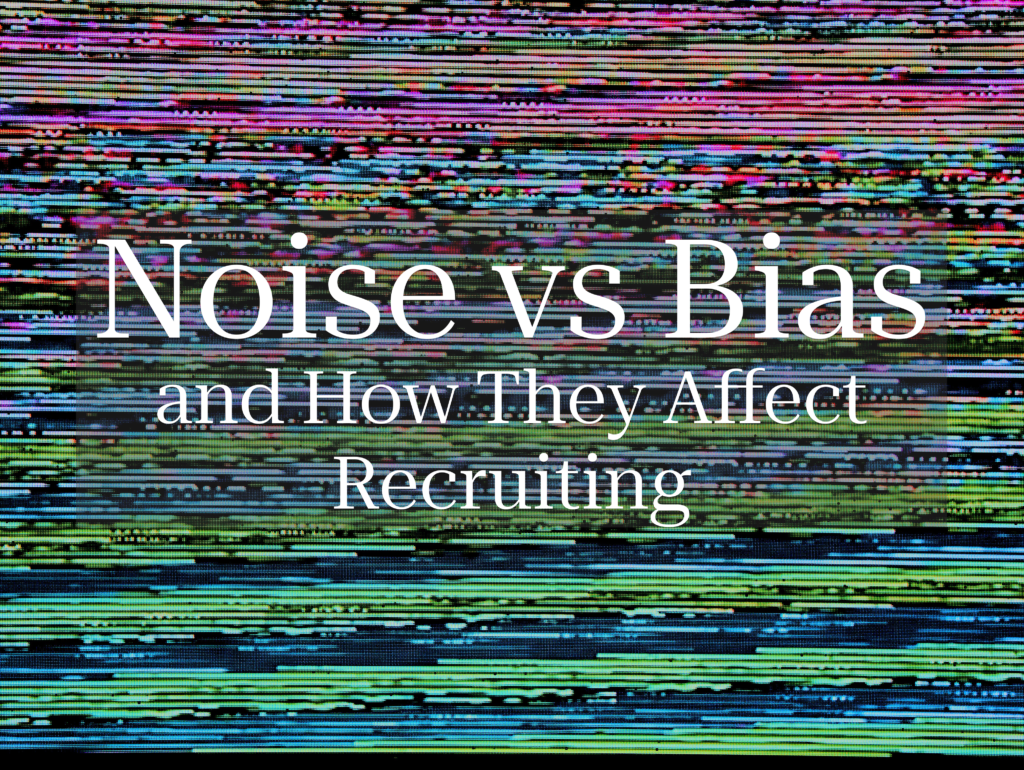Recruiters are still navigating a tumultuous market with 11 million job openings and only about half as many unemployed. You get it- the pandemic, nearly an entire generation retired, and the great resignation is holding on for dear life.
The job changes in the US aren’t entirely unique; similar scenarios are also taking place in the UK and Australia. But this means globally, recruiters and HR teams are busier than ever, enduring some dramatic hurdles and changes simultaneously. Here are the most common recruiter pain points:
[bctt tweet=”Hiring pressure causing pain points for your recruiters? These are the most common:” username=”MojoHire”]
Talent Shortage: Where Are the Qualified Candidates?!
Whether a talent shortage in your industry or a slow volume of applicants, attracting (and even retaining) top talent is a struggle across talent management teams. An extensive new Korn Ferry report finds that by 2030, more than 85 million jobs could go unfilled because there aren’t enough skilled people to take them.
Not only does it make it difficult for TA teams to fill positions, but it also makes retaining employees difficult. So how do recruiter and HR teams attract the talent they need to keep industries and organizations running smoothly?
Rethink your talent pool. Recruiters are turning to previous applicants and runner-up candidates, an easy way to revisit candidates who have previously expressed interest in your company. Reaching out to candidates who have a history with your organization gives the impression that they’ve stayed on your radar and builds up the positive candidate experience off the bat.
Internal talent marketplace. Overlooking the talent under your own roof is a rookie mistake. Building up your own internal mobility is the best way to secure talent for your organization’s future.
By investing in training, job shadowing, and continued education, you effectively prepare your company’s talent to take over higher-level positions as they become available. Bonus: It encourages talent retention as you create opportunities for their career advancement.
Time to Hire: How Do I Win the Speed Race?
Talent Acquisition teams are cutting time-to-hire in an attempt to beat out the competition and improve the candidate experience. But when your competitors cut their time, you must cut yours twice! This recruiter point paint is forcing TA teams to work faster without sacrificing quality of hire.
Streamline the application and interview process. Trimming down your application process is the easiest way to get to quality hires quicker. Humor us for a moment with the wild notion that not every piece of the applicant’s resume needs manually re-entered after their PDF version has been uploaded. This can eliminate the drop-off of incomplete applications and improve your reach.
Similarly, the interview process can be one of the most drawn out processes of hiring; and if a candidate is interviewing with you, they’re often interviewing with other companies. There’s rarely a reason for the interviews to stretch past 2-3 meetings, and communication throughout is vital.
Utilize technology for trivial tasks. Artificial intelligence is the recruiter’s secret weapon. Automate the sourcing, the scheduling, and the communication tasks so your team can focus on the aspects that really need a personal touch. The efficiency of AI helps recruiters manage the impossible workloads they’re managing today with any sense of competency in a chaotic environment, so make sure your system is working for you instead of against you.
[bctt tweet=”Recruiter pain points slowing your talent acquisition? Here’s how to solve it:” via=”no”]
The Wage War: How Do I Stay Competitive?
The competition for talent isn’t reserved for the interview process. Finding quality talent during a talent shortage is like looking for a needle in a haystack, but beating the other guys to tie them down is just as important. Recruiters are seeing some stark trends in the fight for top talent:
Wage and benefit increases. Across the board, SMBs to corporations have been increasing wages to attract talent. Research shows wage growth of 15% in April of 2021 alone. Where they can, companies are increasing wages, and when they can’t, they’re offering alternative benefits, including remote work, mental health days, expanded family leave, and increased health coverage.
Diversifying their candidate pools. Diversity, Equity, and Inclusion are becoming such a priority for job seekers; a recent survey showed 44% of respondents have turned down an interview with a company they felt lacked diversity in their organization. For recruiters, this is beneficial because diversity is also more likely to garner the talent you’re looking for in an often overlooked. Consider candidates who don’t have a formal degree or come from different backgrounds than your usual candidate.
Focusing on transferable skills instead of specific job experience. Honing in on skills and personal characteristics may be the secret to your perfect hire. While other organizations are stuck searching for applicable job experience, the most innovative hiring teams envision where transferable skills will create their ideal candidate. Especially when you’re diversifying the background of your candidates, as mentioned above, ironing out the soft skills is what spruces up your diamond in the rough.
Recruiters navigate a complex market, but you don’t have to do it alone. Discover how MojoHire solves these paint points and more with their ATS and HRM overlay.







